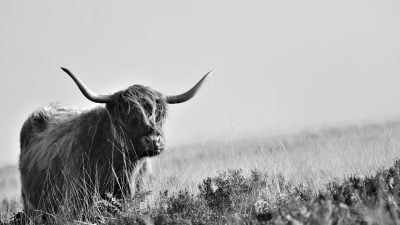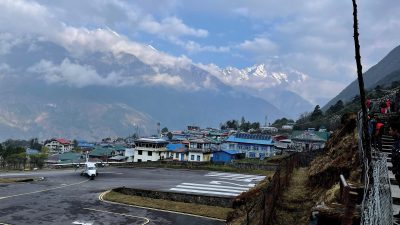Home / Australia & South Pacific / 3 Unique (and out there!) Thin…
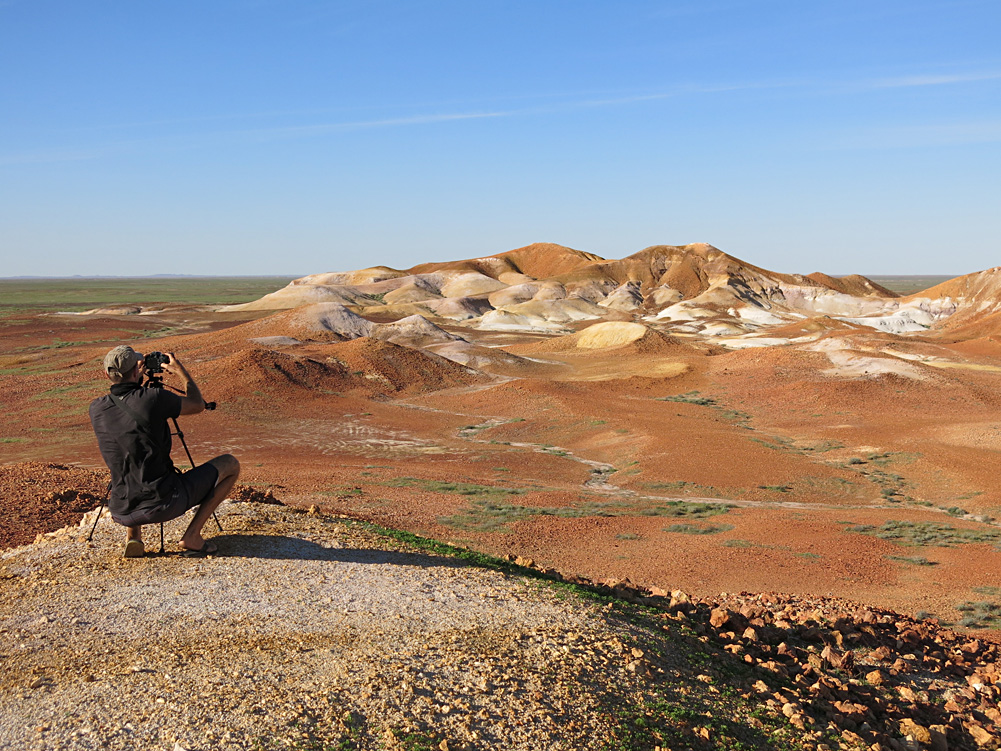
3 Unique (and out there!) Things to Do On Your Australia Vacation
Australia is a country packed with experiences unlike any other, as well as unique animals and landscapes. But if you really want to go beyond the ordinary on your Australia vacation, consider one of these peerless encounters with its wilder side.
Swim with the Whale Sharks of Ningaloo Reef
Australia’s regular cast of unique native animals is well known, but one of its biggest stars, at least in term of size, swims off the northwest coast near Ningaloo Reef, Western Australia. Whale sharks aren’t unique to Australia, but they do draw, along with other native sea life, around 23,000 visitors to the Ningaloo Reef each winter. That’s not counting summer tourists. Typically measuring up to 20 feet long, with some being much, much larger, these gentle, spotted giants glide through the waters around the reef in March and have been known to stick around as late as November in a good season.

The legend of the whale shark doesn’t actually come from Australia, but rather from Mozambique, across the Indian Ocean. It tells the story of an ancient god so enamoured by the whale shark’s beauty that it showered the shark with silver coins in appreciation. These coins supposedly became spots, giving the world’s largest living fish its distinctive look.
Swimming with whale sharks is a safe and exciting way to observe these animals in their native environment without disrupting their natural behaviour. It’s typically an all-day adventure, with an early morning pick-up, usually from Exmouth. An absolute highlight on your Australia vacation, most whale shark experiences offer more than just the swim with the shark itself. Because these are wild animals, there’s no way to know ahead of time just where they’ll be on any given day. While your crew are locating the sharks, your vessel may drop anchor at one of the spectacular snorkelling spots along the Ningaloo Reef.
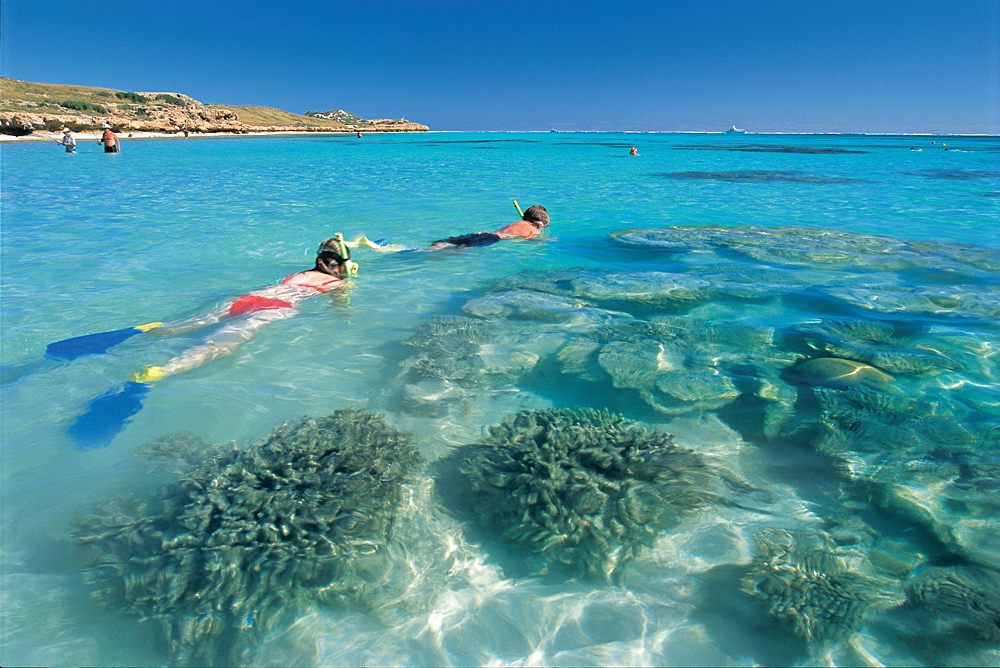
Stretching over 260 kilometres or 160 miles, the Ningaloo Reef is much closer to the shoreline than the Great Barrier Reef, and is in generally better condition, thanks to lower tourist numbers and its remote location. It isn’t as large or impressive as its more famous eastern cousin, but it does support a vast array of life. Besides the whale sharks, you’re likely to see huge manta rays, large clams, zebra sharks, wobbegong sharks, and more. It’s also not unusual to spot dolphins, dugongs, turtles, and throughout winter and spring, humpback whales on the trip to and from the reef.
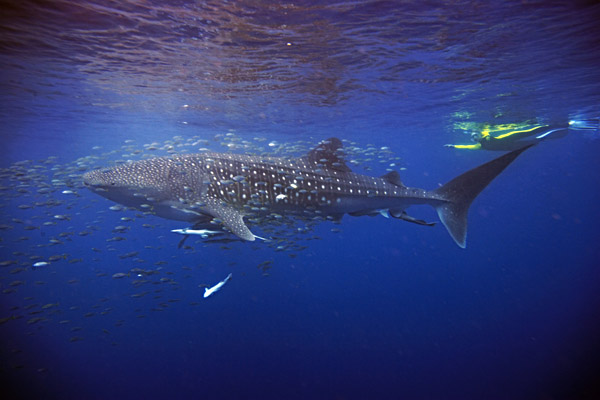
Stay in the Underground Town of Coober Pedy
The Australian Outback conjures all kinds of powerful images, from Uluru, to stockmen driving their herds across the red land, to herds of camels crossing the desert (an estimated 300,000 feral camels are thought to run wild in Australia). But how about an opal mining town with many of its structures built below ground? Often associated with trench warfare, “dugouts” are a way of life in Coober Pedy, blocking out scorching summer heat that routinely tops 40°C/104°F.
(Fun fact: Australia’s hottest ever temperature was recorded in Oodnadatta, just 200km/125 miles to the north of Coober Pedy – a balmy 50.7°C/123.3°F!)
Still, that doesn’t mean you have to bake, even in Coober Pedy’s brutal summer. The dugouts are extensive, encompassing very comfortable hotels, three underground churches, underground shops, restaurants, and museums, along with about half the town’s private residences. The name Coober Pedy derives from the Aboriginal term kupa piti, thought to mean “white man in a hole.”
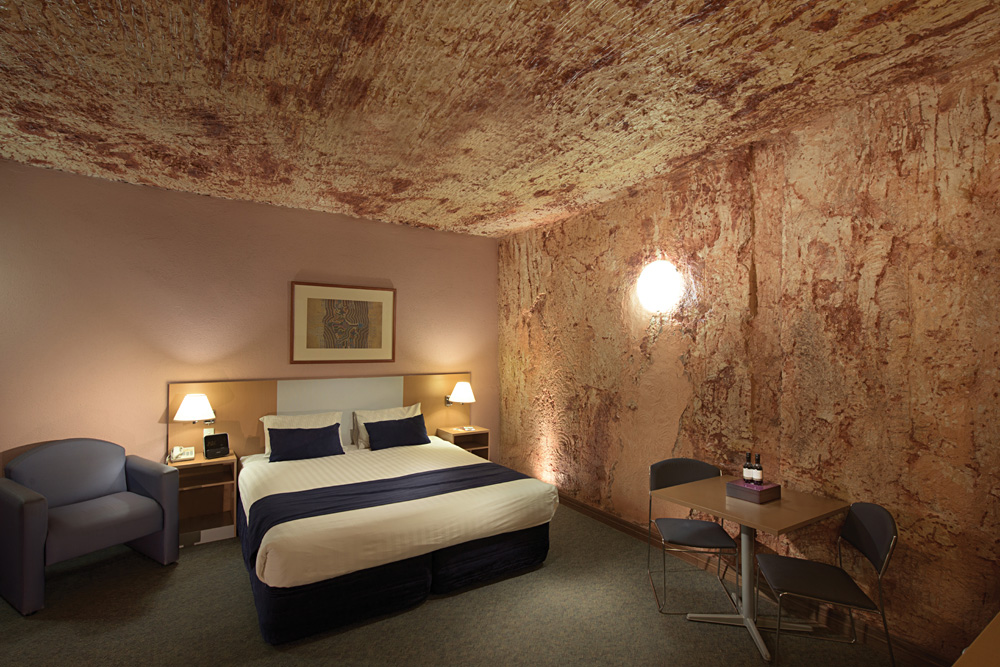
Coober Pedy’s main claim to fame is its opal mining. Known as the “Opal Capital of the World,” the town has attracted migration from across the globe. In fact, only 60% of Coober Pedy locals are of European background, making it one of the most diverse little towns you’ll visit on your Australia vacation. So it’s not so much the “white man in a hole” any more.
With such a unique mix of inhabitants, plus its surreal and often quite intricate underground architecture, it’s no surprise that Coober Pedy has lured filmmakers as well. Tina Turner and Mel Gibson tore through the local landscape in 1985’s Mad Max: Beyond Thunderdome, while an alien spaceship prop from 2000’s Pitch Black still rests just off Hutchinson Street. Fans of 1994’s The Adventures of Priscilla: Queen of the Desert needn’t worry though. The real Coober Pedy locals are much friendlier than their on-screen counterparts in that film!
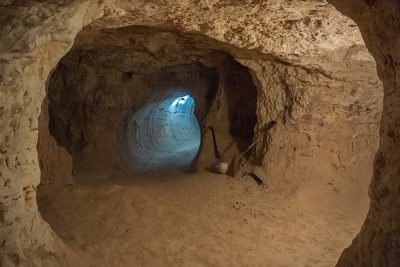
While it’s not a big town, Coober Pedy is packed with interesting and unusual sights due to its unique geography and mining history. Some of these are the kind you’d expect in such a town, such as the Old Timers Mine, plus a couple of museums devoted to the opal industry. Others demonstrate Coober Pedy’s multi-ethnic heritage, in the form of the Serbian Orthodox Church, Saint Peter & Paul’s Catholic Church, and the comparatively simple Catacomb Church – all of which are underground, of course. If your sightseeing tastes run to the quirkier end of things, Coober Pedy has plenty to satisfy your curiosity, with famous residences including the Fayes Underground Home, dug out with picks and shovels by the three women who lived there, and Crocodile Harry’s Underground Nest, generally thought to be one of the most bizarre dugouts in Coober Pedy. There’s also the famous Big Winch, which hoists visitors in a giant bucket for a quick look over the Outback landscape. Realistically, you can get the same view elsewhere in town for free. But nonetheless, it’s become a local landmark, and can be worth a photo stop for the kitsch factor alone.
Coober Pedy’s highlights aren’t all man-made either. One natural star is the Breakaways, a formation of flat-topped peaks which tower over the desert some 33 kilometres north of town. You also don’t have to travel far to take in the radiant colours of the Painted Desert, which more than earns its title with many different shades of yellow, orange, and white.
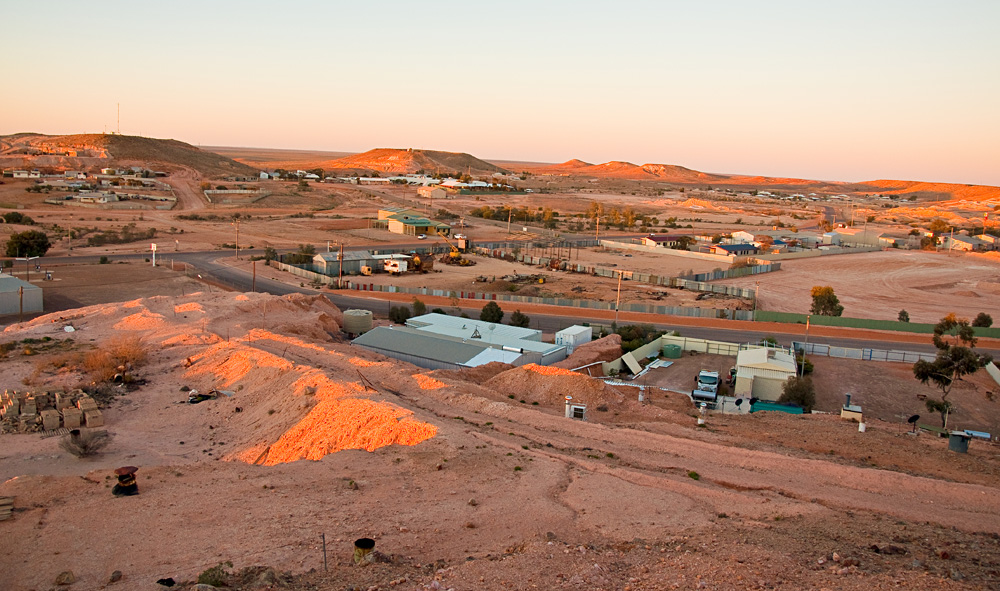
Be a Crocodile Hunter for a Day at Australia Zoo
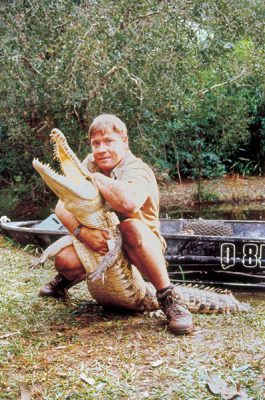
Okay, so by this, we actually mean visit the zoo run by the family of late “Crocodile Hunter,” Steve Irwin. It might not sound as cool as ‘being a crocodile hunter for a day,’ but in reality, Irwin’s work was all about conserving these and many other amazing creatures, which in our book, makes Australia Zoo one of the country’s coolest attractions on your Australia vacation. Its valuable work continues to this day under the care of Steve’s surviving family, and long-time friend and colleague, Wes Mannion.
Zoos can sometimes raise mixed feelings in travellers. Some argue that wild animals should not be displayed in captivity at all, even though many modern zoos use their ticket revenue to fund study and conservation. Even among zoos with this approach, Australia Zoo is very unique. Right from 1970, when Bob and Lyn Irwin opened the zoo as Beerwah Reptile and Fauna Park, its philosophy has been “conservation through education.” That platform got a huge boost with the global popularity of their son Steve’s documentary series, The Crocodile Hunter. Now more than double its original size, the famous park received a rebrand to Australia Zoo, going well beyond its original reptile-focused mission to welcome creatures – and Globetrotters – from all over the world.
The 100 acre zoo now features over 1000 animals and receives over 700,000 visitors a year. It also has an on-site wildlife hospital, and operates numerous rescue and rehabilitation programs for crocodiles and other native Australian animals throughout the country. You can even track some of the crocodiles they’ve rescued via a page on their website. If you’d like to experience some live ‘Crocodile Hunter’ action, the zoo holds several shows throughout the day. You won’t see the animals doing any ‘tricks’ that aren’t natural to them, but there’s plenty of excitement to be had, particularly if you catch a croc-feeding session, or the famous Wildlife Warriors show in the zoo’s unique “Crocoseum.”

Oh, and if you want to get a photo of yourself holding a koala, Australia Zoo is one of the few places in the country where you can do so. It is actually illegal for anyone but a keeper to touch a koala in all but two of Australia’s states – Queensland and South Australia. “Cuddly Koala” photo sessions are held three times a day at Australia Zoo, and of course, numbers are strictly limited. You can also get up close and personal with possums, wombats, dingoes, and echidnas, plus a wide range of non-native creatures including loveable red pandas, giant tortoises, rhinos, komodo dragons, tigers, and cheetahs. Few wildlife facilities in the world allow for such an experience with so many different creatures. If you’d prefer to get the inside scoop on the zoo’s animal hospital, half-hour tours run three times a day. You don’t even need to be visiting Australia Zoo to purchase a spot on the tour. A separate tour ticket is more expensive, but can be useful if you’d rather come back another day.

Australia Zoo is located on Queensland’s Sunshine Coast, a 25 minute drive from Caloundra, one of the Coast’s most popular holiday towns. It stretches out in the shadow of the Glass House Mountains, an impressive series of volcanic plugs with several easily reached lookout stops. Those driving up from Brisbane can reach Australia Zoo in just over an hour, though an overnight stay (at minimum) is highly recommended to enjoy the many diverse offerings of the Sunshine Coast.
Suggested Itinerary:
13-Day Beaches, Wildlife and Wine
Fly With Air New Zealand
 Flying Air New Zealand to Australia via Auckland is good value! Fly from either Los Angeles, San Francisco, Houston, Honolulu, or Vancouver, B.C. and you’ll arrive at the same terminal for your connecting flight to one of 8 great Australian gateways. Bags are automatically checked to first arrival point in Australia. Business Premier™ passengers, Star Alliance Gold cardholders, and other eligible travellers can visit our lounges regardless of travel class. Air New Zealand offers innovative seating options like the Economy Skycouch™ to meet the needs of every traveller – including fresh cuisine, award-winning wines and 1800+ hours of continuous entertainment.
Flying Air New Zealand to Australia via Auckland is good value! Fly from either Los Angeles, San Francisco, Houston, Honolulu, or Vancouver, B.C. and you’ll arrive at the same terminal for your connecting flight to one of 8 great Australian gateways. Bags are automatically checked to first arrival point in Australia. Business Premier™ passengers, Star Alliance Gold cardholders, and other eligible travellers can visit our lounges regardless of travel class. Air New Zealand offers innovative seating options like the Economy Skycouch™ to meet the needs of every traveller – including fresh cuisine, award-winning wines and 1800+ hours of continuous entertainment.
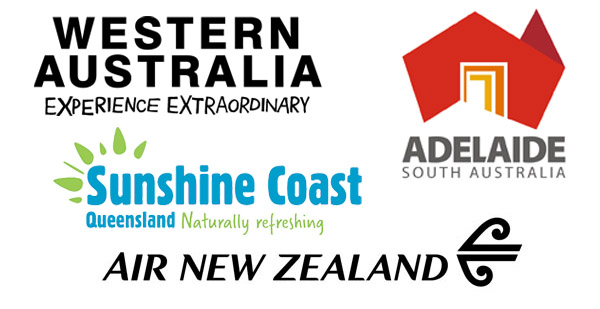
Get more travel inspiration by email.
Subscribe
0 Comments

Get the latest travel trends & hear about the best deals on vacations around the world.
If you’re a Globetrotter, these are the newsletters for you!
